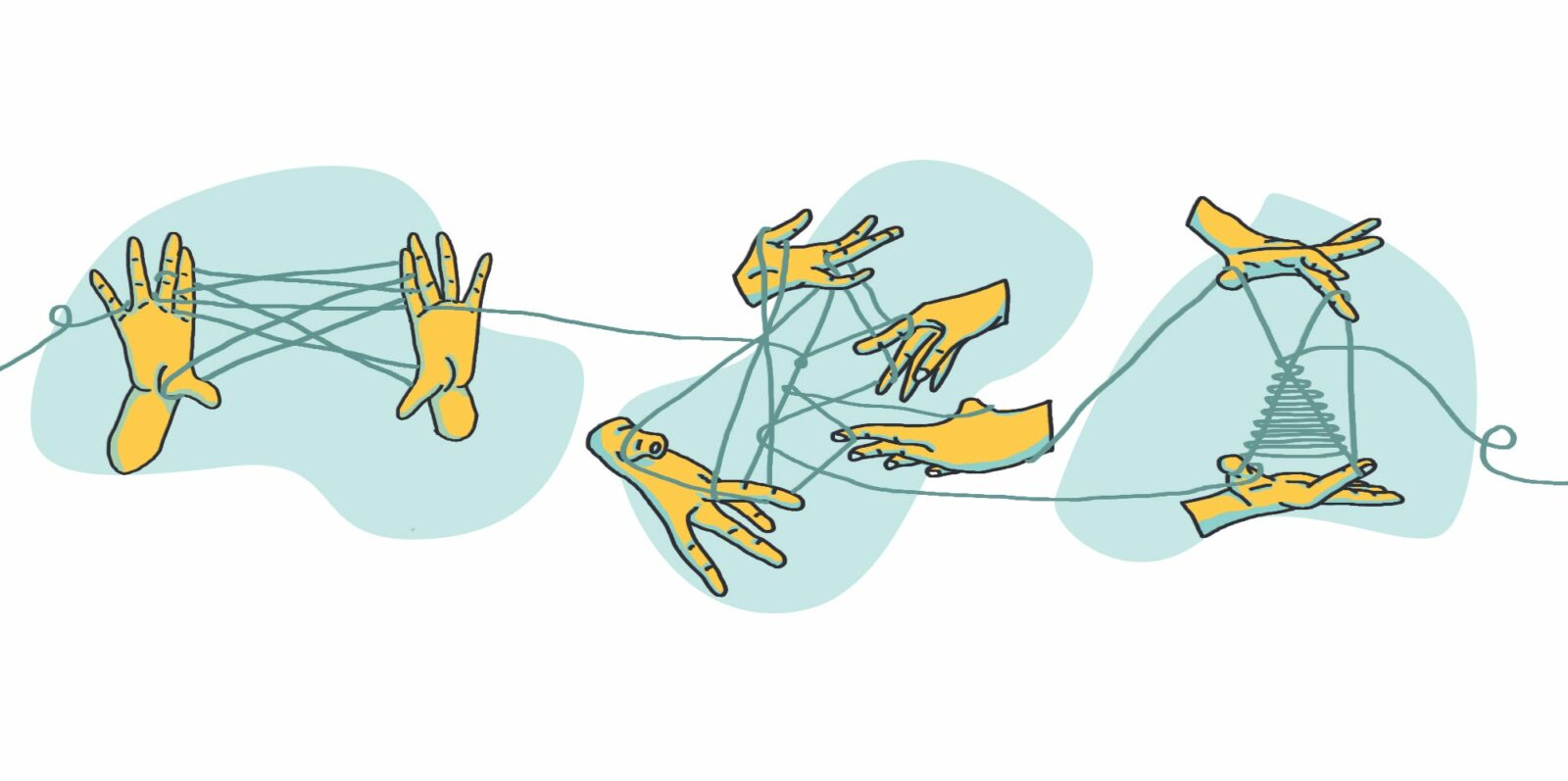Designing in a Wicked World
Published in ATÖLYE Insights · 13 min read · May 7, 2018
How do we harness the potential of design to solve complex problems?
Author: Mert Çetinkaya, Organisation & Learning Design Lead, Editor: Emre Erbirer
In-text Illustrations: Yasemin Demirel
'Identity of the designer were to be altered from being an "identifier of needs and definer of systems" to "agent of appropriate change" or "a catalyst for systemic transformation.' Banny Banerjee, Stanford ChageLabs Founder, ATÖLYE mentor
Our world is going through disruptive and unprecedented change. Political instability and social polarization are rising globally. Our economies are volatile and uncertain. On top of these, Earth's life-support systems are giving a red alert as the human population continues to increase.
In today's highly complex world, organizations are facing an ocean of wicked problems. Every year, more and more organizations are taking steps to recognize the wicked nature of the issues and experiment with ways to properly address them. However, it takes more than a singular entity to work with these challenges, co-design is a must.
ATÖLYE's Take On Wicked Problems
Since its early days, ATÖLYE has embarked on a journey to solve some systemic and wicked issues in Turkey and beyond, from education to organizational change, sustainable urban systems to social innovation. Last year, we see two of our important initiatives coming into life and flourishing: Teachers Network, a multi-stakeholder platform to empower teachers as changemakers, we built together with the Education Reform Initiative and imece, a social innovation platform for entrepreneurs and intrapreneurs, we created with Zorlu Holding and S360.
More organizational change, product-service-system design and platform projects are lining up for 2018. Rising interest and our track record show that ATÖLYE's design approach carries a promise for addressing some of the toughest problems that our society and organizations are facing. With this article, we want to better communicate this promise by shedding light on the key trends, theories and assumptions behind why and how we employ design as an approach to tackle wicked problems.
This article can also be considered as a global call for potential allies, who will resonate with our purpose and may join forces to create positive impact.
Ever-Rising Popularity Of Design in Business and Society
Through its historical journey , the field of design has come a long way from being considered as a scientific discipline that solely focuses on the making of material objects.
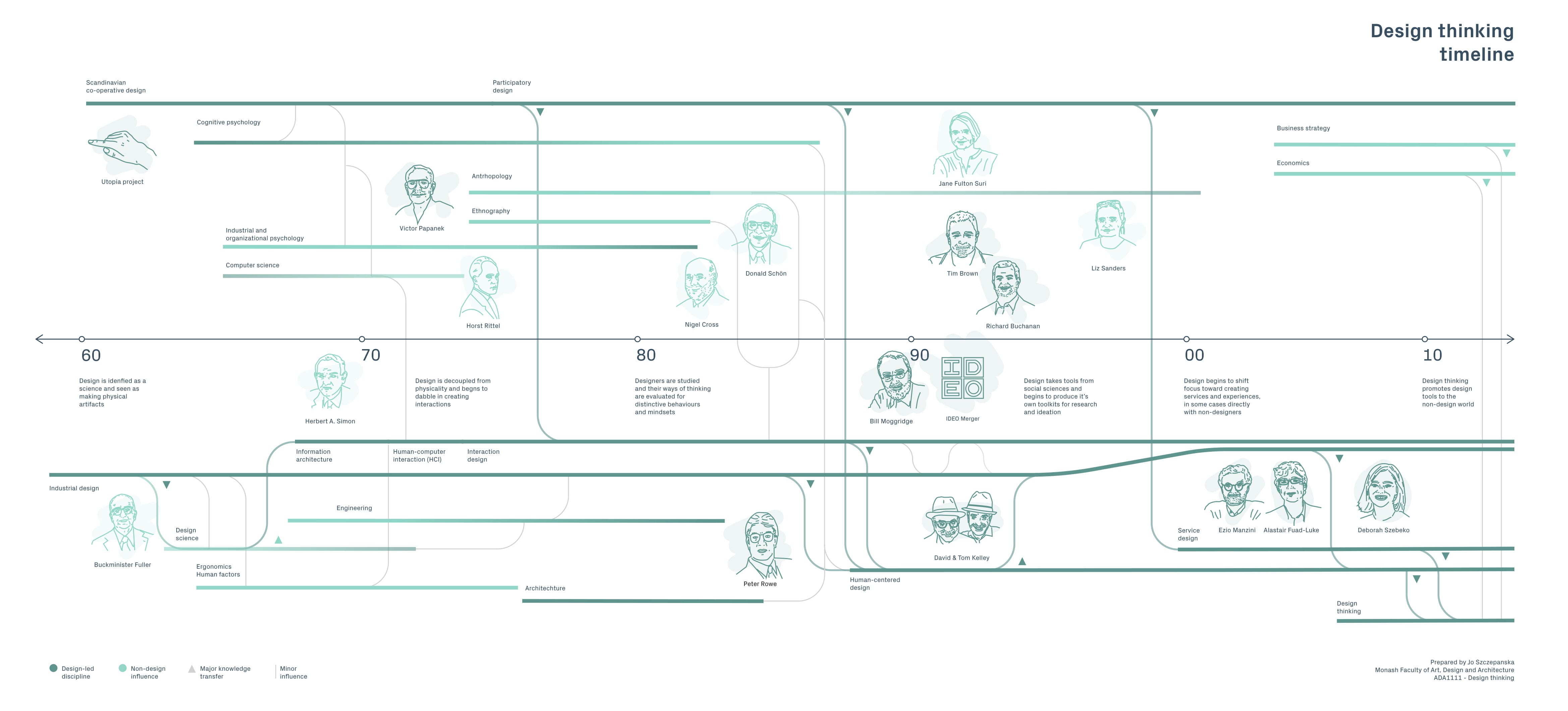
With the beginning of the 21st century, the world of business began to recognize design's potential to bring about radically innovative approaches to some significant business problems from creating new services that customers love to transforming organizational cultures. It becomes more evident in recent years that design has a great relevance for creating business value as global service design firm Fjord joined Accenture (Fast Company, 2013), IBM started hiring thousands of designers worldwide (Fast Company, 2014), McKinsey & Company acquired San Francisco based design firm Lunar (Fast Company, 2015) and most recently Boston Consulting Group bought Maya Design, one of the oldest design firms (BCG, 2017).



While design is gaining popularity in different parts of the business world, a more salient conversation in the design field has been underway for the past few years. This conversation revolves around two crucial questions:
1.How do we realize the full potential of design to solve the difficult problems of our time?
IDEO, the global design firm that gave design thinking its fame, looked for answers to this question when they were asked to design a new schooling system in Peru (Harvard Business Review, 2015). This question was also the calling for the company to join Kyu, a global collective of impact oriented creative companies (Fast Company, 2016).
"Design thinking principles have the potential to be even more powerful when applied to managing the intangible challenges involving getting people to engage with and adopt innovative ideas and experiences." Tim Brown & Roger Martin
2. How do we think holistically to create lasting social and environmental impact while designing new products and services for the market?
There is a recent discussion in the design world around how designers can act as agents of positive change and always consider direct and secondary consequences of their work (Fast Codesign, 2017). Designing for positive impact was also central to this year's Techfestival which gave birth to the Copenhagen Letter, an important manifesto where ATÖLYE took part in its creation as well.
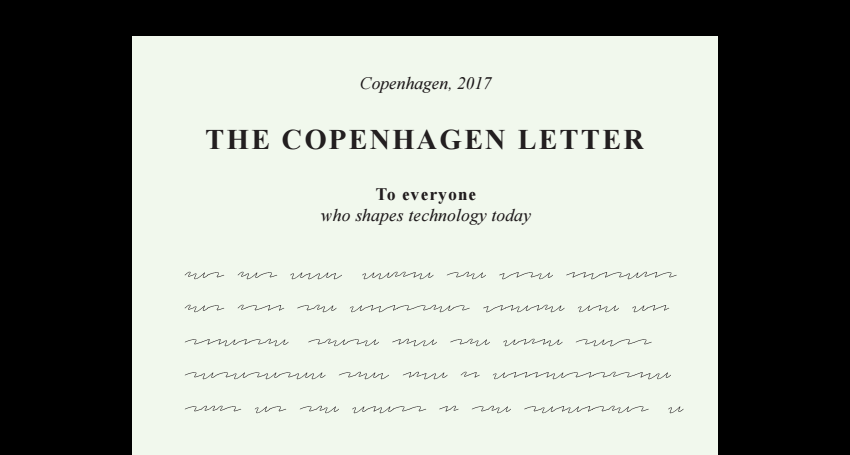
"Let us move from human-centered design to humanity-centered design." Copenhagen Letter
Evidently, design is on its way to becoming a mainstream problem-solving approach in the business world. It is also on a mission to evolve as a discipline and be a vehicle for creating positive, sustainable impact in the society.
However, if we will put our faith into design for social impact, we should first explore why and how design can become an appropriate approach for solving wicked problems. Design theory and management sciences in academia may have some answers for us.
Wicked Problems in Design Theory
In the early 1970s, German academician and design theorist Horst Rittel first coined the term "wicked problems" in the context of social policy and planning. According to Rittel, wicked problems have conflicting perspectives of stakeholders around the understanding of the problem definition. One-size-fits-all technical solutions are not adequate to address them (Rittel & Webber, 1973).

"Wicked problems are a class of social system problems which are ill-formulated, where the information is confusing, where there are many clients and decision makers with conflicting values, and where the ramifications in the whole system are thoroughly confusing." -Rittel
Subsequently, Richard Buchanan, a prominent design professor, drafted his iconic article "Wicked Problems in Design Thinking" 25 years ago. As one of the pioneering thinkers in the field, Buchanan suggested that design's flexible approach to working iteratively with both problem hypothesis and solution domain makes it suitable for coping with indeterminate nature of wicked problems (Buchanan, 1992).
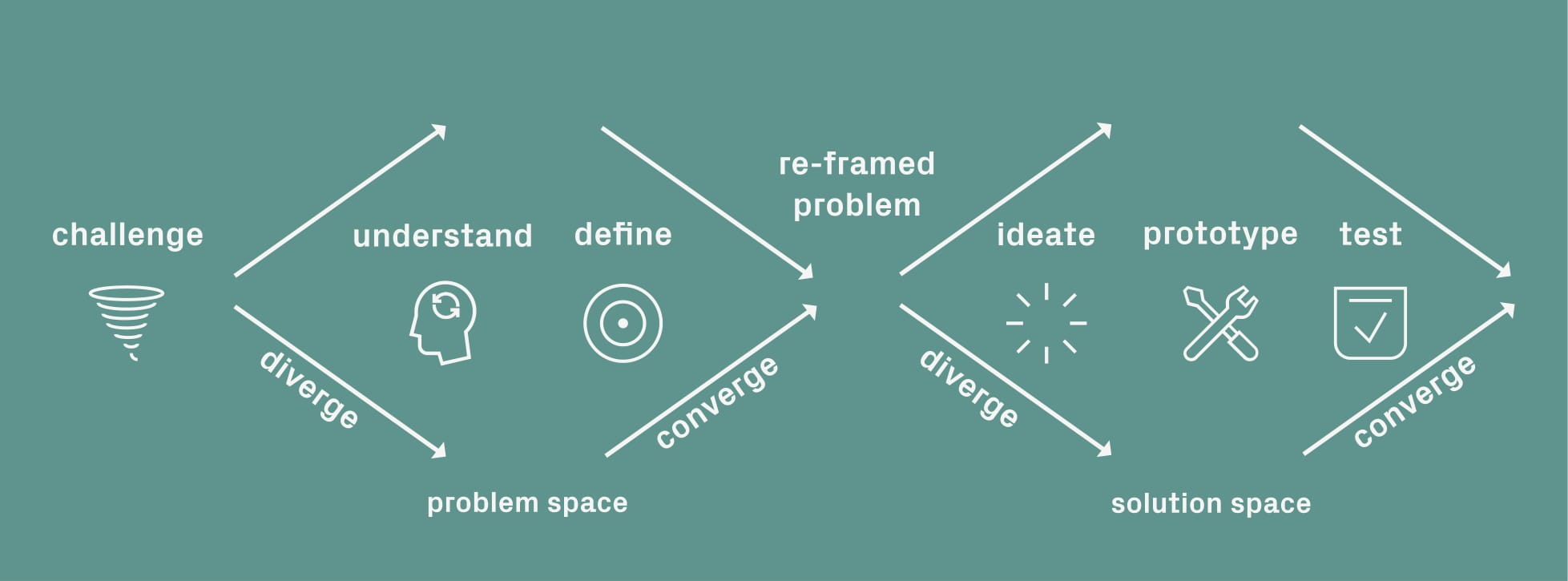
Rittel and Buchanan have set a strong theoretical foundation, yet we still need to understand why design approach is relevant for wicked problems in practice. For this, we should first look at how wicked problems are not just like any other problem and how different types of issues exist in the context of different kinds of realities.
Cynefin Framework: Way for Sense-making
David Snowden, then European director of IBM's Institute of Knowledge Management and now the leader of Cognitive Edge, a Management Consulting firm, established the Cynefin Framework as a conceptual sense-making framework to help executives diagnose situations, act in contextually appropriate ways and make better decisions (Snowden & Kurtz, 2003). According to the Cynefin Framework, issues that we are facing can be sorted into five contexts defined by the nature of the relationship between cause and effect:
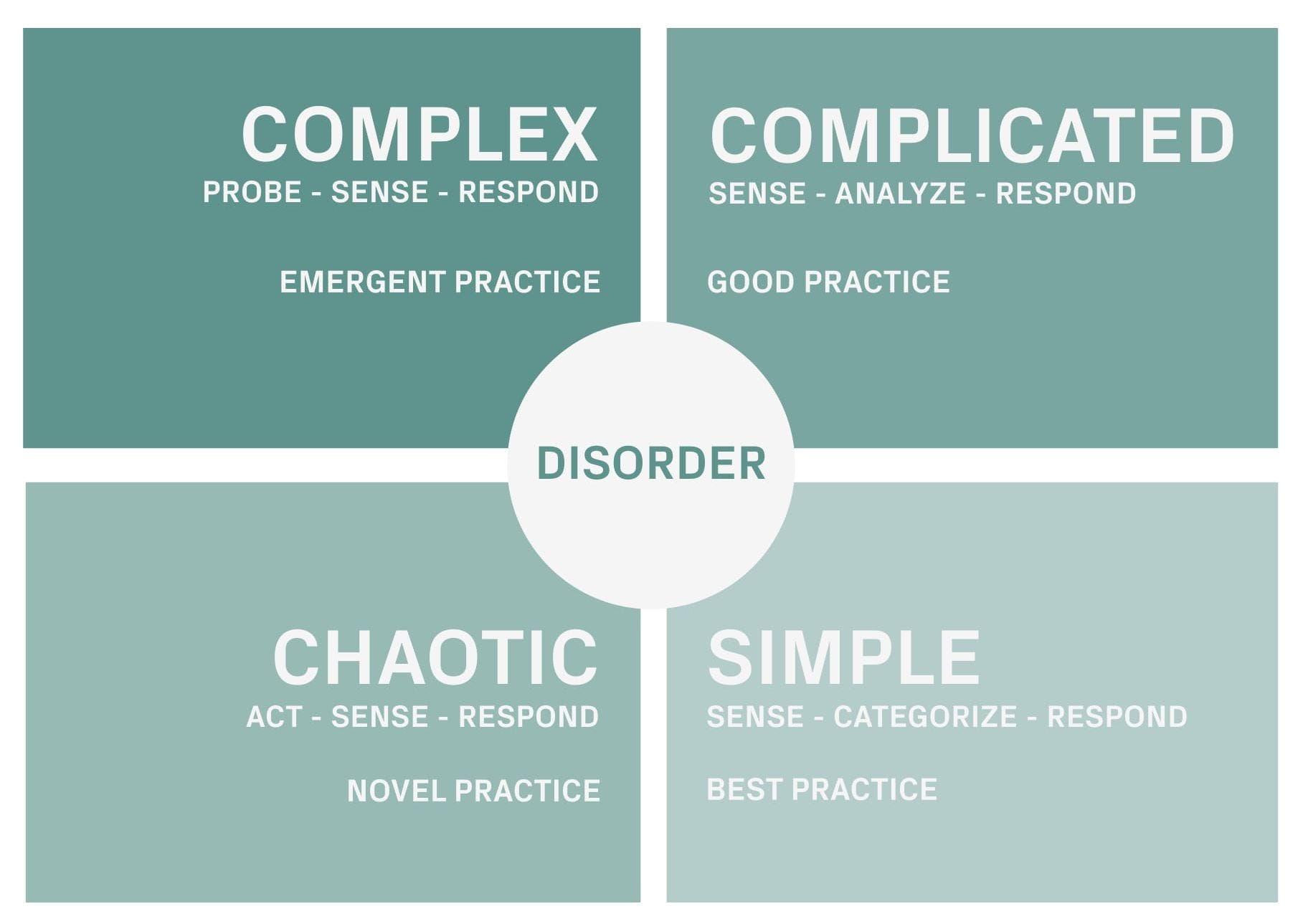
Here we can elaborate more on four main contexts to see where exactly wicked problems lay:
Simple: The Domain of Best Practice
This is the domain of the "known knowns". There is a clear relationship between cause and effect. The situation is stable. We simply know the rules, procedures and "best practices" to follow in order to solve the issue at hand. We follow "sense-categorize-respond" approach: assess the facts that causes the situation, categorize the issue based on prior knowledge, then respond by applying the established best practice.
Imagine you are a big tire rim manufacturer. At the factory you realize that you are getting a batch of faulty rims for the past fifteen minutes. The fault on the rims is a specific kind of scratch that you have seen before and you exactly know what kind of intervention to the machinery solves that problem.

Complicated: The Domain of Experts
This domain represents the "known unknowns". Understanding the relationship between the cause and effect is possible through strong analysis and expertise. In this context, right approach is "sense-analyze-respond": assess the facts, analyze the problem and impact of possible roadmaps, respond with a data-driven "good practice". You generally need domain experts to analyze the problem and know ways to find out how to solve the issue.
This time at the production line you are seeing some faulty rims over a period of a week along with perfectly manufactured rims and most of the faults are different from each other. You have no idea how to name the problem. It is a complicated situation. You call the experts from the company who produced and assembled the machinery you are using. They come, analyze the situation and help you choose among possible solutions.

Complex: The Domain of Emergence
The complex domain is home to the "unknown unknowns". Unlike the complicated domain, here there are no right answers. We can only understand cause and effect in retrospect. We need to run experiments to let instructive patterns to emerge in order to seek possible solutions. In this domain, we adopt "probe-sense-respond": we do some solution experiments that are safe to fail in order to probe the issue, sense what is emerging and learn to apply whatever the solution is working. This is the domain of "wicked problems" as there is neither a clear definition nor a tangible solution for the issue. "Emergent practice" is needed to address them.
As a manufacturer, your whole business is disrupted as car sharing is on the rise and people are not buying cars anymore which means demand for tire rims are decreasing. You are not sure which strategy to follow as everything in flux. In this environment, you need to run a variety of experiments as part of your learning portfolio to figure out which direction to take for future growth.

Chaotic: The Domain of Rapid Response
In the chaotic domain, it is not possible to understand the relationship between cause and effect. There is no meaning for looking for the right answer. There are no patterns to be discovered. All you can do is just act, establish order, since for where stability can rise and transform the situation from chaotic to complex. The approach here is "act-sense-respond".
You wake up one day to a natural disaster. There is serious damage to the factory. Production is stopped. You are in crisis. You will take any action at the moment to minimize the damage and create stability. Then you can reorganize your resources to adapt to the new reality. Every solution you bring to the situation is novel.
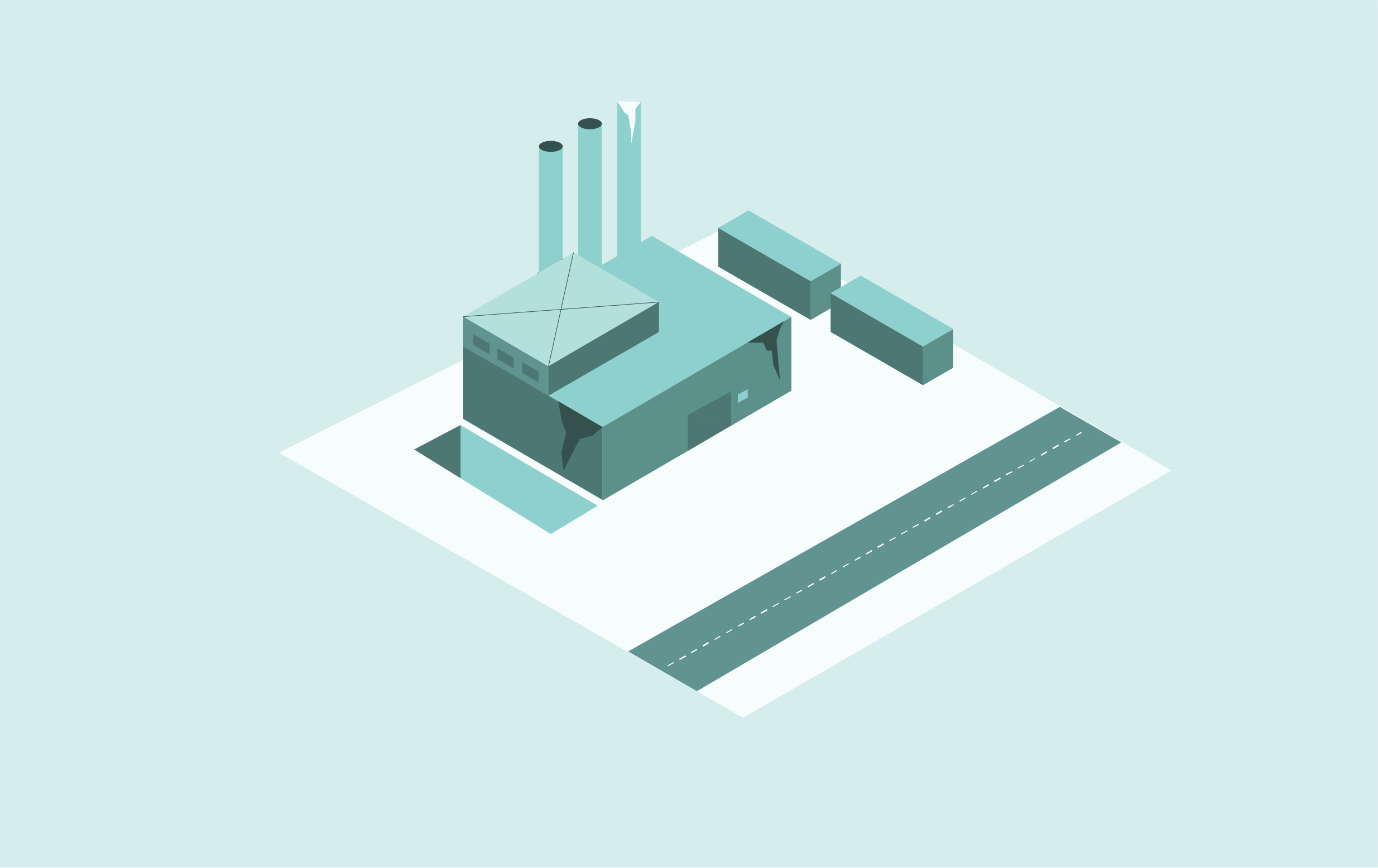
Wicked Problems and Complexity
It is clear that different kind of issues that we face exist in different kind of contextual realities and they all require specific ways to approach them. Wicked problems, with their complex nature, obviously require special treatment.
In order to work more effectively with wicked problems, ATÖLYE's design approach consider three different types of complexity: dynamic complexity, social complexity and generative complexity which are adopted from MIT Senior Lecturer Peter Senge's years of work on organizational learning (Senge & Scharmer, 2001).
We will discuss these types in more detail because each type necessitates particular mindsets, methods and tools to address wicked problems.

Dynamic Complexity: When we talked about wicked problems, their cause and effect are distant in time and space. Tools of reductionist analysis and first-hand experience are alone not enough to determine the causes of problems. There are symptoms in the surface but solving them just cause more and bigger problems due to delays in information feedback.
As an example, an executive who wants to create a more effective and productive organization, cannot achieve this only through more strict policies for time management and target incentives. Effective work and productivity are deeply related to employees' motivation for work which is embedded in organization's culture through specific mindsets, behaviours and skills. Trying to manage productivity with strict policies and reductionist incentives might be successful in the beginning. In the long run, it will result in unproductive behaviours of unsatisfied employees as they will always seek autonomy and empowerment.

At ATÖLYE, we employ systems thinking and synthesis to see the big picture of different parts and their relationships as a whole. This helps us develop strategies to address root causes rather than symptoms. We also know that the big picture is dynamically changing with our own participation and intervention to the system as designers. Meanwhile, we try to acknowledge our psychological and cognitive biases to ensure reliable decision-making processes.
Our initial frames for problem hypotheses are adjusted as we learn more about the system and our role in influencing it.

Social Complexity: A wicked problem is a concern for many social actors with different views, values, and agendas. A shared understanding of the definition of the problem does not exist due to siloed worldviews. There is a level of conflict among various assumptions, needs and goals.
When an executive wants to approach achieving productivity through a cultural change process, he or she has to deal with people's differing beliefs in how the work should be done and diverging worldviews of how an organization should function. There should be a deeply participatory process in place where people co-design and co-create the organizational narrative that they want to be part of.

ATÖLYE's way to deal with social complexity is to adopt participatory approaches traditionally appraised in design. We use ethnography to see the situations from the views of as many diverse stakeholders as possible.
Our problem hypotheses are refined by constructing a more shared view of the reality through empathizing with other people.
We also often host diverse stakeholders under our roof and facilitate them to gain a shared understanding of the problem by incorporating diverse perspectives. We make sure to use appropriate facilitation tools and follow a process where solutions are also collectively designed based on shared ground. In fact, ATÖLYE's architecture was designed to enable participatory, multi-stakeholder design from day one as well.

Generative Complexity: The environment that creates wicked problems is constantly changing as we continue to address them. The future is unknown and undetermined. Uncertainty is high. We do not have established practices, guidelines or tools to navigate the system. New solutions are needed.
Executives can also take a step further to see productivity as an emergent property of an organization as a living system. When it comes to changing an organization's culture there are no one-size-fits-all solutions. Every organization's way of finding solutions for creating an ideal culture is unique. Therefore, it is critical to tap into people's creative potential for generating solutions for culture change that sticks.

ATÖLYE's approach harnesses the full power of design thinking to establish creative confidence in our project teams, consisting of ATÖLYE's core team, select community members and select teammates from our clients, to tackle problems with out-of-the-box and fresh ideas.
Our learning mindset and iterative approach help us capitalize on the novelties that emerge from our processes.
Looking Ahead in 2018
We kicked off 2018 with some tough challenges that relate to society in different forms. Some highlights are below:
Bringing a new financial services tool to the market to increase SMEs' financial literacy
Developing a new generation smart city approach for a post-industrial town in Turkey
Creating a multi-stakeholder social lab to address sustainable development goals
These projects will require us to constantly reflect on and improve our praxis while drawing from decades of research in design and management sciences. We are very much looking forward to putting our transdisciplinary approach to use and perfecting our craft as agents of change, for our clients, partners, community and society at large.
Feedback more than welcome.
Originally published at medium.com on May 14, 2018.
